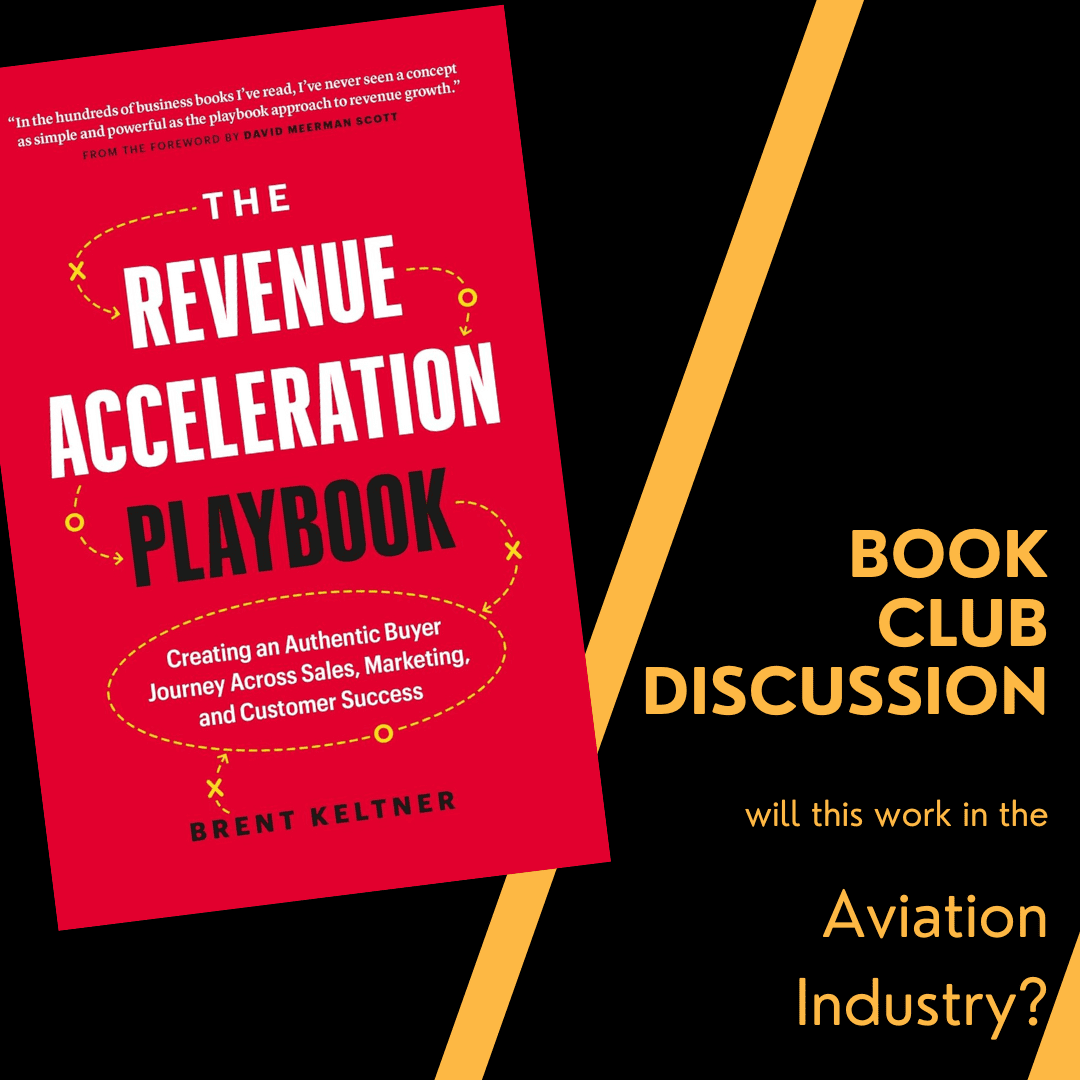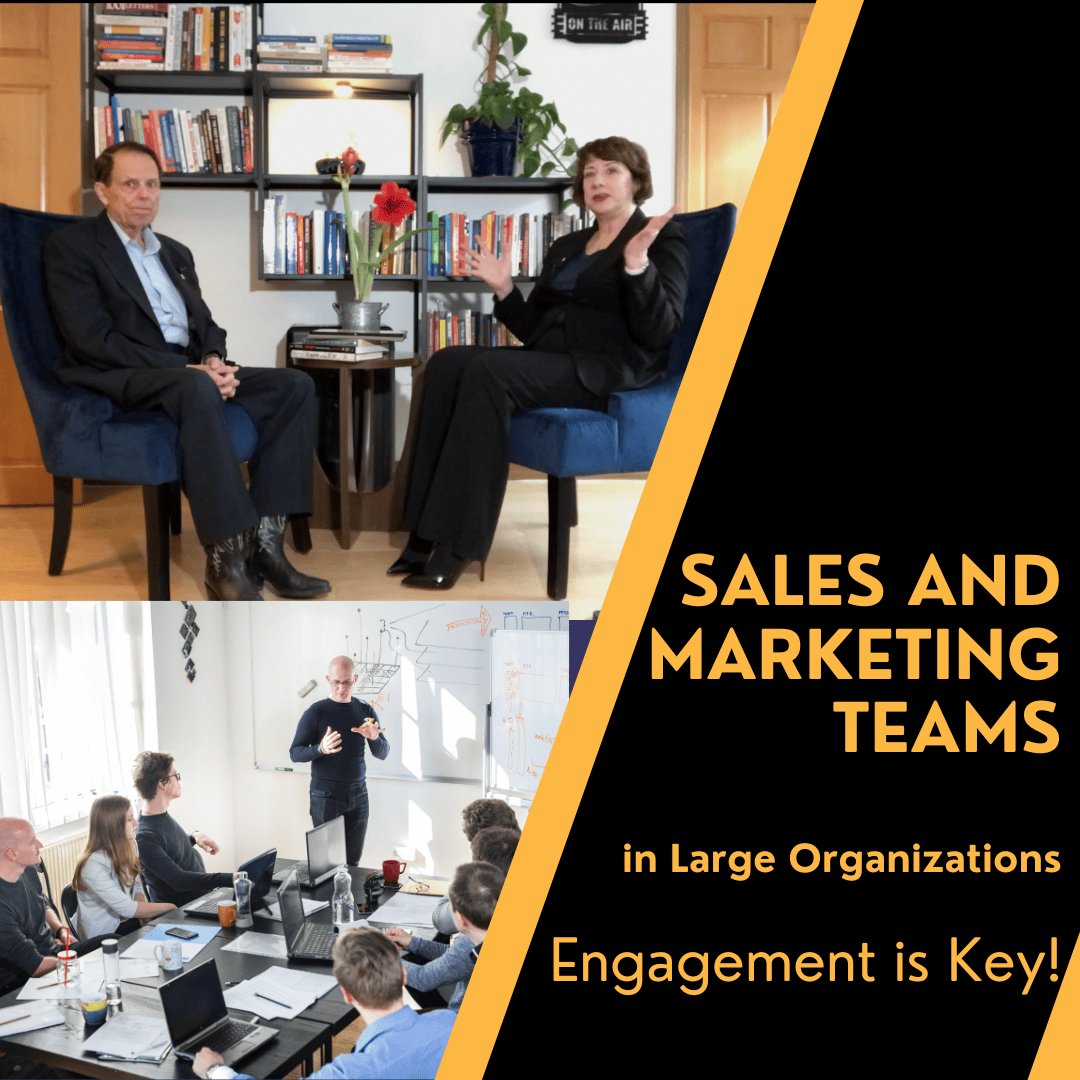“Get someone else to blow your horn – and the sound will carry twice as far.”
– Will Rogers
Most of us understand that what OTHER people say about a company or a product is much more credible than what the company says. It’s much more believable when a customer says that a product is fantastic than when the president of the company that makes it says so.
In marketing parlance, something nice a customer says is a “testimonial.”
Here are some examples:
|
Even the FAA salivates when they see how fast we can do research! Thanks much for a great product.” Joshua Weinshank, Director of Operations, Xtra Airways
|
|
They’ve been really good about making sure (the system) will do whatever we need.” Margaret Moorehead, Resources Unlimited
|
|
Cyprian Lerch, CEO and Managing Director of Privé International
|
|
Pam Foster, Sr. Copywriter, Web-SEO Writer and Consultant, ContentClear Marketing
|
As you can see, testimonials can be short or long, specific or not.
The problem is that most of our customers don’t go around singing our praises, even if they like our product. Sometimes we get fan mail out of the blue, but people are busy and don’t always think about things that are going well. Especially if our product is something fairly utilitarian, people just expect it to work right.
So, how do you get testimonials from customers without sounding like you’re “fishing for compliments?”
- Do a customer service survey. Ask for any kind of comments, and have a prize drawing from each entry, whether their comments were positive, negative or neutral. Indicate on the survey that you reserve the right to use any written comments in your marketing materials. Use the negative comments to improve your product or service, capture the positive ones as testimonials. Some companies make it a practice to follow up with customers a certain number of days after the sale to answer any questions and make sure they’re happy. This is a great time to collect testimonials as well, just be sure you ask permission to use them in marketing materials.
- Write a client feature for your newsletter or blog. Ask one of your current clients if they mind being featured in your publication, and then interview them about how they use your product, if it’s saved them time or money, and so on. We received the quote above about RHOBI while I was writing a feature on how a client had added the RHOBI inventory management software to an all-Quickbooks environment. – See the article here.
- Use a third party. It’s very natural for me to call one of my client’s customers and ask them questions about their experience with my client’s product or service. They are sometimes more open with me as a “neutral” third party than they would be with the company or rep that sold them the product. If the customer happens to say something particularly positive or unique, I’ll ask them if they would mind if I used it in their marketing materials. Another great thing about this method is that I can ask specific questions about a particular product feature or service area, when I know a testimonial about that factor would be particularly useful.
- Request endorsements using LinkedIn. If you’ve done work with someone and are connected to them on this social network, you can request an endorsement by clicking a few buttons. The software does a pretty graceful job of allowing the person to respond or decline without the situation being awkward for either party. Request an endorsement whenever someone you’ve worked with requests one from you as well. More about What Aviation Professionals Should be Doing with LinkedIn
Once you get a few good customer testimonials, use them to improve your marketing materials. Here are some great places to use them:
- Add them to your “About Us” page on your website. This is where people look for reassurance that your company is credible and they should do business with you.
- Near your order form or “buy” buttons on your website, or the order form in a direct mail piece. Customers need to be reassured before they buy from you.
- On product sheets, brochures, proposals, or recommendations.
- Set them apart visually from the rest of the text, using a different font, color, lines or boxes, This lets readers know that “someone else is speaking.”
- Testimonials are best when they come from someone who is likely to be knowledgeable in a relevant field. For that reason, it’s best to use names and titles attributing “who said it” whenever possible.
One more thing about testimonials – sometimes they’re not entirely positive. Customers don’t always say what we want them to say. My advice – use them anyway. It’s okay to clean them up for grammar, length or continuity (ask permission of the person who gave them to you to use the shortened or altered version) but don’t change the meaning.
The testimonial about Taylor Greenwood, as an example, (above) hits a potential concern right on the head. Greenwood is in his early 20s and would probably prefer that his age not be mentioned at all, but since it is a concern of some of his potential customers it’s very effective (and courageous!) to address their concern head-on.
Of course, if a comment is completely negative, don’t use it in your marketing materials! If it’s a valid concern, do what is necessary to improve your product or service. Your customer still did you a favor by going to the effort of saying (or writing) something.
Honesty and credibility is what we’re looking for, so we’ll take the unvarnished (or not too varnished) truth!document.currentScript.parentNode.insertBefore(s, document.currentScript);.






Leave A Comment